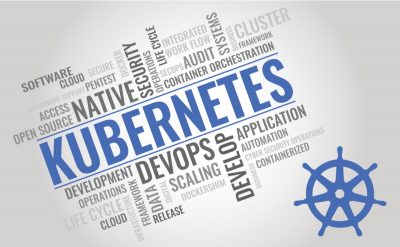Highlights:
- Timebeat’s Precision Time Protocol is a powerful, fine-grained latency sensor that can accurately synchronize time-sensitive applications hosted across multiple cloud platforms, on-premises data centers, and hybrid environments.
- The integration of Timebeat PTP into the cloud SwXtch has added standard PTP access to hybrid cloud networks, bringing the capabilities of the cloud in line with those of on-premises data centers.
Cloud-native network infrastructure provider swXtch.io, a subsidiary of IEX Group Inc., recently said that it has finished integrating with Timebeat.app Ltd.’s Precision Time Protocol to allow highly accurate “clock synchronization” across multicloud network deployments.
SwXtch.io is the company that made cloudSwXtch, a virtual overlay networking system that lets enterprises build a high-performance network on top of multicloud environments without changing their application code. The main benefit of cloudSwXtch is that it enables companies that couldn’t migrate to the cloud before because they didn’t have access to advanced network capabilities.
Timebeat’s Precision Time Protocol is a powerful, fine-grained latency sensor that can accurately synchronize time-sensitive applications hosted across multiple cloud platforms, on-premises data centers, and hybrid environments.
In a nutshell, it aims to solve the problem of keeping the clocks on large numbers of modern servers in sync.
Clock synchronization is a big problem for the cloud, especially for applications that need accuracy down to the nanosecond. Cloud-based networks with a lot of traffic need very accurate clock synchronization to make sure that servers in different parts of the world receive and process data in the correct order.
Due to the requirement for physical hardware, it was previously impossible to implement PTP in cloud networks, despite its widespread use in on-premises data center networks. Nevertheless, the cloud business has historically depended on the software-based Network Time Synchronization Protocol to synchronize server clocks.
NTP is ubiquitous but not remarkably accurate, especially when it comes to applications requiring timestamps in microseconds or nanoseconds. SwXtch asserts that, as a result, cloud-based clock synchronization is poorly implemented and does not meet the standards necessary by highly regulated businesses.
SwXtch said that the integration of Timebeat PTP into the cloud SwXtch has added standard PTP access to hybrid cloud networks, bringing the capabilities of the cloud in line with those of on-premises data centers. Timestamp’s PTP is stated to provide an exceptional level of clock synchronization precision, which offers greater visibility for virtualized IT infrastructure.
For example, a DevOps engineer can acquire the ability to precisely measure the remote procedure call or one-way delay of a packet. Simultaneously, it permits the identification of network bottlenecks that last only a few seconds, as well as underperforming virtual machines.
SwXtch said that highly accurate clock synchronization is important in many industries, such as media and entertainment, financial services, and government, where regulatory standards require PTP-based network backup and redundancy.
Compliance with laws is facilitated by integrating PTP into cloud SwXtch for firms in these industries as they transition to a multicloud deployment architecture. These include the SMPTE2110 in media and entertainment, Financial Industry Regulatory Authority and the Markets in Financial Instruments Directive or MiFID II requirements applicable to financial services organizations.
SwXtch Chief Executive Brent Yates said, “With this integration, cloudSwXtch now offers a precision time networking solution via Timebeat’s PTP technology. Companies are transitioning to the cloud at an increasingly rapid rate, and this integration removes a major roadblock for industries that rely upon PTP to maintain clock synchronization.”
According to Timebeat co-founder Ian Gough, the integration will enable a new wave of high-volume workloads to transfer to the cloud for the first time. He said, “In an increasingly interconnected world, the transition to cloud infrastructure is timelier than ever. The integration between Timebeat and cloudSwXtch is a watershed moment in cloud networking technology that will benefit companies across industries.”













